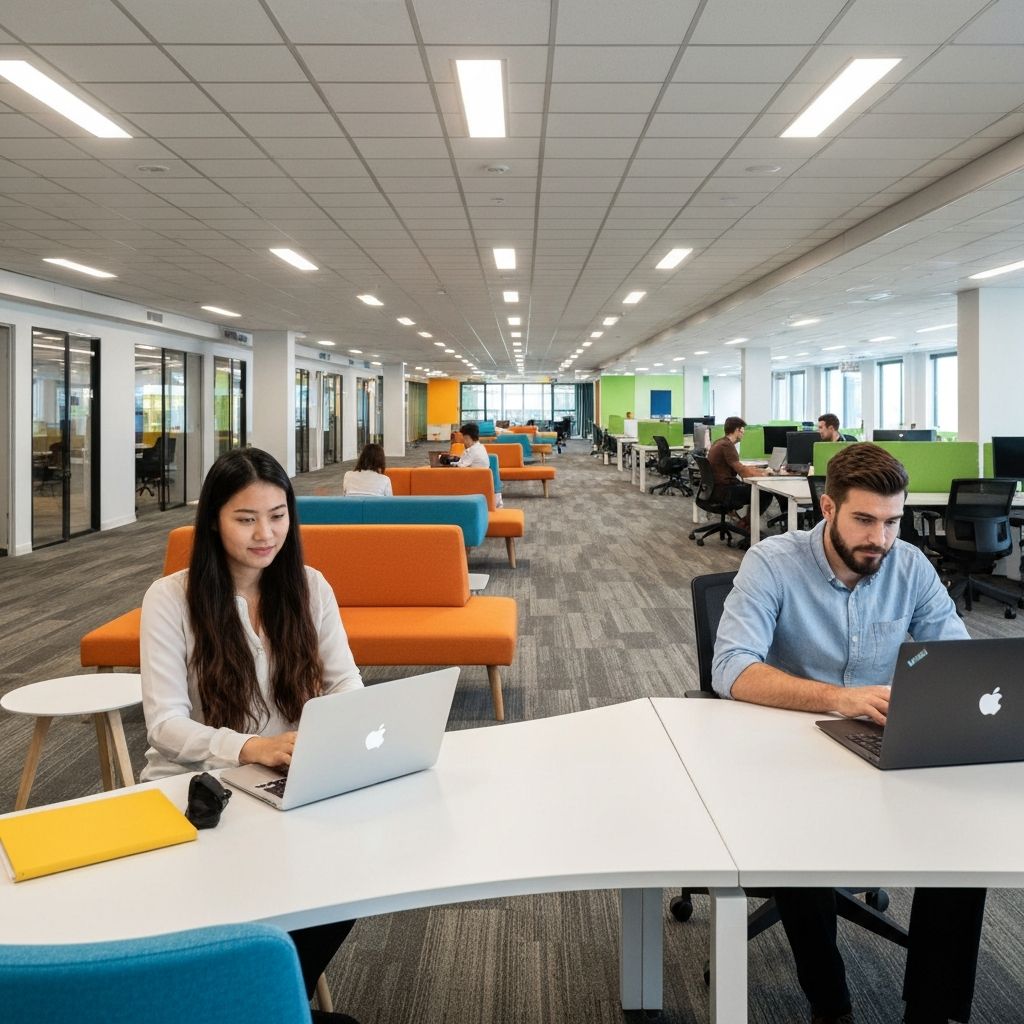The traditional five-day office week is becoming increasingly rare among younger workers entering the workforce. In its place, a diverse array of scheduling patterns has emerged—part remote, part on-site, with varying degrees of flexibility in when and where work happens. This shift reflects changing priorities, technological capabilities, and evolving expectations about work-life integration.
Understanding these patterns matters not just for employers seeking to attract talent, but for anyone interested in how work is being reimagined by a generation that has known digital collaboration as the default rather than the exception.
The Spectrum of Hybrid Models
Hybrid work isn't a single template but rather a spectrum of arrangements. Some organizations designate specific days for office presence, creating predictable patterns for collaboration and space planning. Others allow individuals or teams to determine their own balance, prioritizing outcomes over presence.
For younger workers, these arrangements often align with life circumstances. Those pursuing further education appreciate the ability to attend classes or complete coursework without sacrificing full-time employment. Parents value the reduction in commute time and the flexibility to manage childcare or household responsibilities.
"The question isn't whether to work remotely or in person—it's finding the right mix for the task at hand and the people involved."
Geography plays a role too. Workers in smaller cities or rural areas gain access to opportunities that once required relocation. Organizations benefit from expanded talent pools, no longer constrained by commuting distance. This geographic flexibility represents one of hybrid work's most significant structural changes.
Skills and Development in Distributed Environments
A common concern about hybrid and remote work centers on skill development and mentorship. Can younger workers build capabilities and professional networks without consistent face-to-face interaction? The answer appears nuanced.
Certain skills—technical competencies, project management, written communication—translate well to distributed environments. Others, particularly those involving observation, informal learning, and relationship building, require more intentional design. Successful organizations are developing structured approaches:
- Formal mentorship programs with regular virtual check-ins and periodic in-person sessions
- Collaborative projects pairing junior and senior team members
- Recorded training sessions and knowledge repositories for asynchronous learning
- Intentional use of office days for activities that benefit from presence
- Digital platforms facilitating informal conversation and knowledge sharing
The key difference is moving from ambient learning—absorbing knowledge by proximity—to intentional learning structures. This shift requires effort from both organizations and individuals, but early evidence suggests it can be effective when thoughtfully implemented.
Work-Life Integration vs. Balance
Younger workers increasingly frame the relationship between work and personal life as integration rather than balance. Rather than strict boundaries between "work time" and "personal time," many prefer fluid arrangements that accommodate life's demands and opportunities.
This might mean taking a midday break for exercise or errands, then resuming work in the evening. Or scheduling focused work during personally productive hours, whether that's early morning or late night. The emphasis shifts from hours worked to outcomes achieved.
This approach isn't without challenges. The permeability of boundaries can lead to overwork if not managed carefully. Clear expectations, both organizational and personal, become essential. Many younger workers report developing their own frameworks—designating certain spaces as work areas, using specific cues to transition between modes, or maintaining consistent offline periods.
Social Connection and Community
One legitimate question about distributed work patterns concerns social connection. Workplaces have traditionally served as sites of community, providing relationships beyond family and neighborhood. How does this function in hybrid environments?
The answer involves both digital and physical components. Virtual social interactions—whether informal video chats, group messaging, or online communities—create baseline connection. These are supplemented by intentional in-person gatherings: team events, all-hands meetings, or optional social activities.
Importantly, younger workers often maintain robust social lives outside work, through interest-based communities, local organizations, or digital platforms connecting people around shared pursuits. Work represents one dimension of social connection rather than the primary or exclusive source.
Organizational Adaptation
For employers, these shifting expectations require rethinking established practices. Performance evaluation based on time at desk gives way to assessment focused on deliverables and impact. Management approaches emphasize clear goal-setting and regular communication over constant monitoring.
Physical workspace design is evolving too. Rather than dedicated desks, many organizations are creating varied environments: quiet spaces for focused work, collaborative areas for team activities, social zones for informal interaction. The office becomes a destination for specific purposes rather than the default location for all work.
Technology infrastructure must support these patterns: reliable video conferencing, collaborative document editing, project management tools, and secure remote access. The digital workplace requires as much attention as physical space.
Looking Ahead
These work patterns are still crystallizing. What seems clear is that younger workers value flexibility not as a perk but as a fundamental expectation. Organizations resisting this shift risk losing talent to those embracing new models.
At the same time, pure remote work isn't the universal preference. Many younger workers appreciate office interaction for specific purposes: collaborative projects, mentorship, social connection, or simply separating work from home. The ideal arrangement often involves choice and variation rather than rigid mandates in either direction.
As these patterns mature, we'll likely see continued experimentation and refinement. Some approaches will prove more effective than others. Best practices will emerge, though they may vary by industry, role, and organizational culture. The constant will be ongoing adaptation as work continues its evolution toward greater flexibility and individual autonomy.
For younger workers navigating this landscape, the opportunity is to help shape these emerging norms. Your choices, preferences, and feedback influence how organizations design work arrangements. Engaging thoughtfully with these questions—what works, what doesn't, what needs improvement—contributes to building work cultures that serve both individual well-being and organizational effectiveness.
